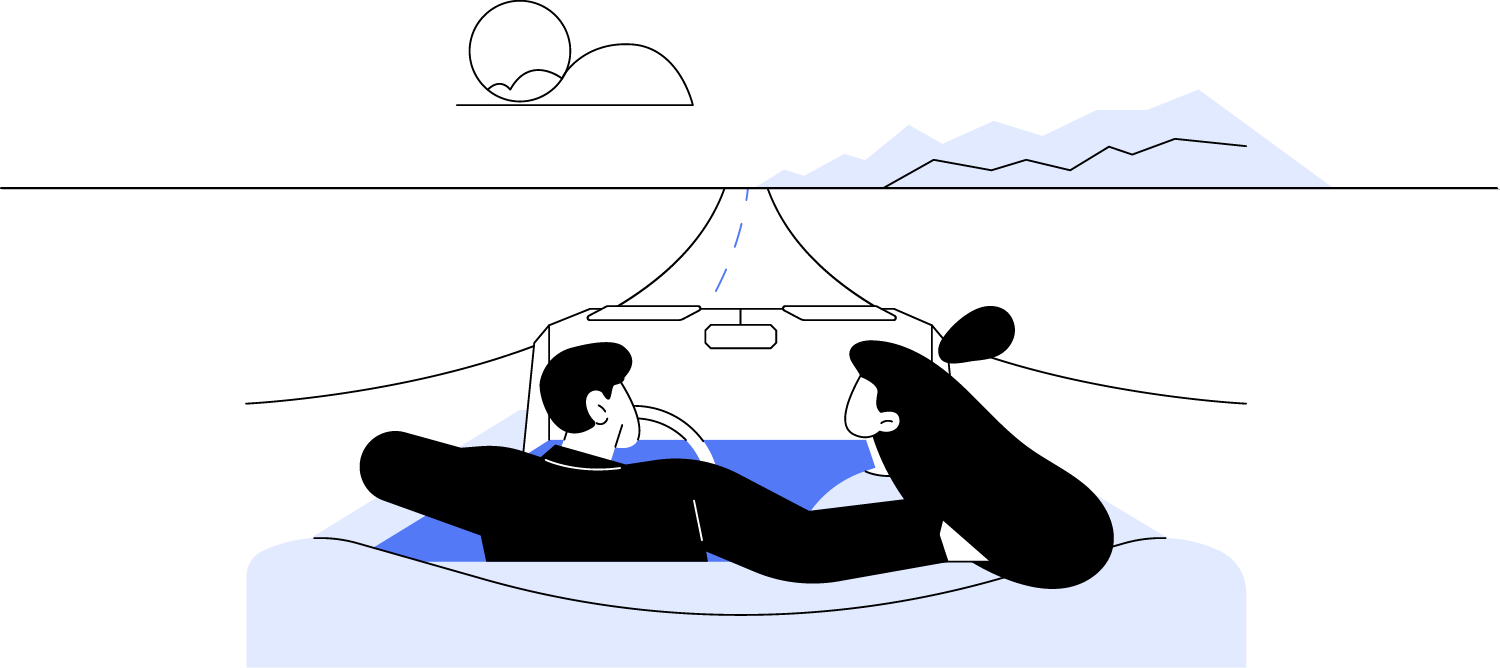Learning about the power of compounding returns is an important lesson in retirement savings for everyone but especially those just starting out in their careers. There’s a long runway for their retirement savings to grow. Using time to grow your money, interest grows on the interest. It has a snowball effect that can allow you to reach your goals with less of your own initial investment.
One of the most significant forces in finance is the power of compounding returns. Albert Einstein called it “the most powerful force in the universe!”
“Compound interest is the eighth wonder of the world. He who understands it, earns it… he who doesn’t… pays it.”
Albert Einstein
Let me show you a quick example that is a great lesson to share with kids and grandkids to really drive the point home. A young child is walking home from school one day when she finds a piggy bank on the curb. This is no ordinary bank, and when she picks it up, out comes a magic genie. The genie says, “You have released me from my prison, so I will reward you with one of two choices. For the next 30 days, I can put $20,000 under your pillow every night, or you can have this magic penny, place it in your closet and it will double in value every day for the next 30 days.”
Which should she choose? The cool $600,000 (30 days X $20K) or… if you start with a single penny and double that value every day for 30 days, you end up with $5,368,709. Wow, you can see that compounding of returns is pretty powerful stuff.
Simple Interest vs Compound Interest
Simple interest is the interest you earn off a principal balance with no reinvestment of that interest. You have a $1,000 balance at 4% interest you get $40 dollars. None of that $40 dollars is reinvested and the next year, you get another $40. If you continued this for 10 years, you would have earned $400 interest.
With compounded interest, you are earning interest on your principal balance plus the interest earned is reinvested back into the principal balance, and you earn interest on that as well. Interest can be compounded at different time intervals. The more frequently interest is compounded, the quicker your balance will grow.
Back to our prior example, if you took that same $1,000 with a 4% interest rate compounded annually for 10 years you would have earned $480.24 in interest. Compound that daily you get $491.79. That’s an increase of 23% for using daily compounded interest compared to simple interest.
It Cuts Both Ways
Compounding interest can be a great friend if you are saving, but if you have credit card debt or student loan debt it can be your worst enemy. This is a very important reason why you need to pay off your credit card every month. If you don’t, you can get into a situation where you are continuing to add to the credit card balance while paying interest on that principal balance and interest on interest. We have seen individuals caught in this credit card spiral; it can be difficult to reverse. A credit card balance of $20,000 that carried an interest rate of 23% compounded monthly would result in a total compound interest of $5,117 over one year’s time. That example assumes that nothing else was charged on the card during the year, which would cause both the interest and balance to increase.
With student loan debt, if you don’t pay the interest charges within the period stated on the loan, the interest is capitalized and added to your loan balance. Then the interest will begin accruing on that larger loan balance causing the debt payments to either be extended or take up more of your monthly budget to pay off.
Compounding returns is a powerful concept in financial planning that can help individuals build wealth and achieve their long-term financial goals. By starting early, being consistent, and reinvesting dividends and interest, individuals can harness the power of compounding returns to achieve financial goals over time.
Learn more about compounding interest in 401ks, Individual Retirement Accounts (IRAs), and 529 College Savings Accounts.


